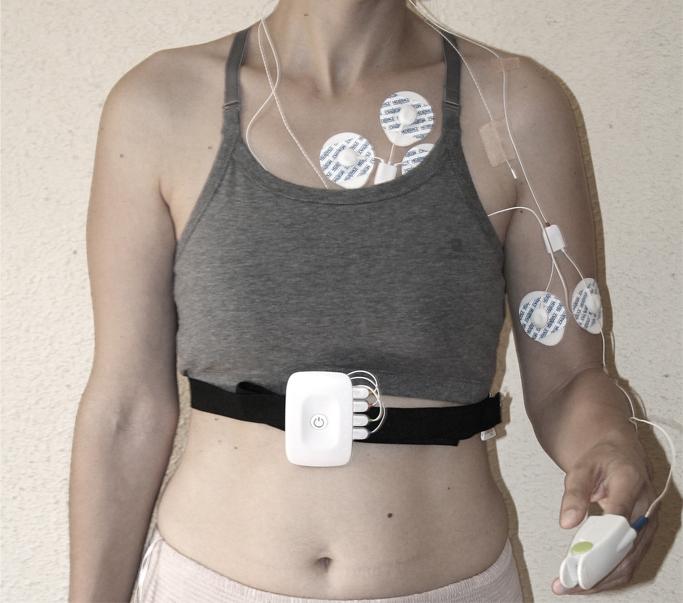
Campus Moncloa
Campus of International Excellence
Advances in models for early prediction of crises in chronic diseases
Researchers from Universidad Politécnica de Madrid and Universidad Complutense de Madrid within the framework of Campus Moncloa: Campus of International Excellence have developed a methodology early prediction of crises in chronic diseases, such as migraines.
02/02/2017
The study carried out by researchers from Center for Computational Simulation, at Universidad Politécnica de Madrid, and researchers from Universidad Complutense de Madrid manage to increase the time for early detection of migraines up to 40 minutes using non-intrusive wireless body sensor network. In most cases, this time is enough to anticipate the drug intake and thus preventing or lessening the pain effects. The developed methodology could be used for other chronic diseases.
Migraine is a neurological disease that affects around 15% of the European population and generates large costs to public and private health care systems. The prediction of this type of event will allow doctors to act and mitigate pain according to the pharmacokinetics of current treatments.

Patient wearing the equipment of non-intrusive ambulatory monitoring
The use of sensor networks is increasingly frequent, but they can still have errors. The real ambulatory monitoring is subject to sensor losses, data failure, disconnections and so on. The researchers presented a robust model selection strategy based on the state of the sensors of the monitoring equipment and according to the desired criteria in terms of the prediction quality.
Researchers say “by using the methodology proposed, the prediction can be adjusted to a compromise between the conservative (quality prediction) and the daring (prioritizing the time of advance and increasing the uncertainty), all this depending on the feasibility of the sensor at every moment”. The results of this pilot study suggest that these models could be adapted to the characteristics of each patient.
This new methodology could be applied to other chronic diseases with symptomatic crises in which a prediction of event would allow doctors to take decisions that mitigate their effects, for instance the ambulatory monitoring of patients admitted for stroke at risk of having another one.
Pagán, J., Risco-Martín, J.L., Moya, J.M., Ayala, J.L. Modeling methodology for the accurate and prompt prediction of symptomatic events in chronic diseases. JOURNAL OF BIOMEDICAL INFORMATICS 62. Agosto 2016.
Pagan, J.; De Orbe, M.I.; Gago, A.; Sobrado, M.; Risco-Martin, J.L.; Mora, J.V.; Moya, J.M.; Ayala, J.L. Robust and Accurate Modeling Approaches for Migraine Per-Patient Prediction from Ambulatory Data. SENSORS 15 (7): 15419-15442. Julio 2015.
Tag: i-Health Source: UPM
Event date:
02/02/2017
